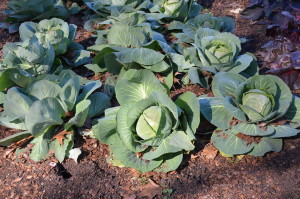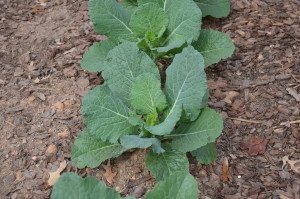“A” starts the alphabet. To most gardeners April starts out the spring planting season. Temperatures are in the comfortable 70°F degree range. Four months later in August, temperatures outside are sweltering. Many of us call them the hot humid “dog days” of August. Dogs and gardeners are suffering alike.
However, August is also a great time to plant flowers and vegetables. Visit the local garden center and buy large 6 inch size annuals which are often “on sale”. Buy fresh plants and not the potbound, worn out leftover annuals which the store did not sell in the spring. Some of the best to plant in August include petunias, calibrachoas, (million bells), geraniums, snapdragons, diascias, and marigolds. Pansy seed must be started in a cool basement environment under “gro-lights”.
In the mid-South region (USDA hardiness zones 6 and 7), September and October weather is usually great for flowers planted in mid-summer. When setting out plants, water them daily during week one, then every 2-3 days in the 2nd and 3rd weeks. Then, water plants as needed. These annuals are demonstrate exceptional cold tolerance, unfazed by mid-20°F nights in fall.
Many vegetables may be established in August. Cabbage, broccoli, cauliflower, lettuce, carrots, beets, and green beans need 60-70 days above freezing to produce a good crop. Cole crops such as broccoli, cauliflower, brussel sprouts, and cabbage are easiest to produce in the late summer into autumn than those started in spring. Spring plants often bolt (go to seed) in the spring as temperatures heat up. Cole crops welcome the cool days of autumn.
In addition, pest activity diminishes with cooler temps. Some pesticide spraying may be needed, although plants can be protected with a cheesecloth or Remay fabric cover. Use a safe bio-insecticide like Dipel or Bt (Bacillus thuringiensis kurstaki) against wormy caterpillar pests.



 Posted in
Posted in 
